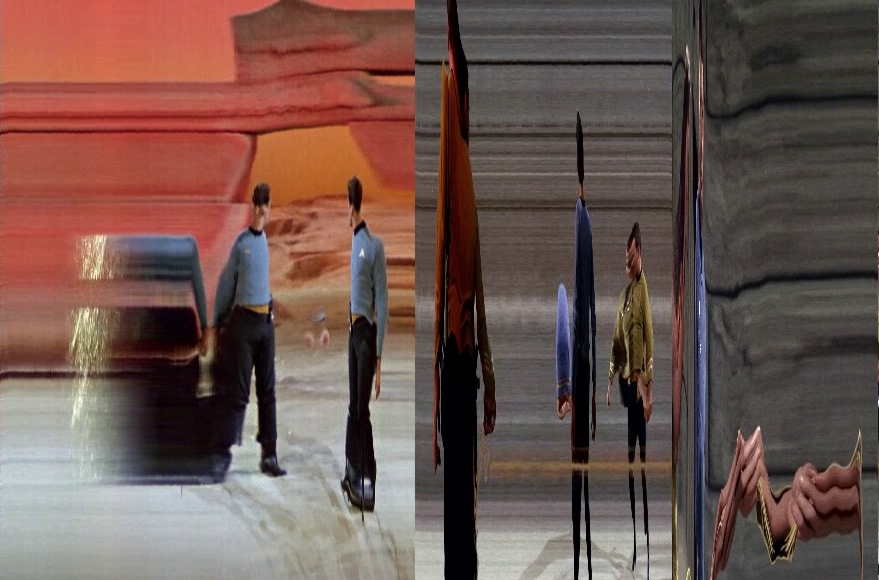Perspectives
Insights and viewpoints from HMMC
Human-AI Teaming Patterns That Actually Work

After years of designing human-AI interfaces for complex operations, we’ve identified recurring patterns that separate successful collaborations from failed ones. The key insight: effective teaming requires explicit design of roles, handoffs, and decision rights. We explore four core patterns: Propose-Decide, Monitor-Alert, Assist-Validate, and Explore-Explain.
Read MoreMeasuring Ethics and Human Oversight

At HMMC, we’ve developed comprehensive frameworks for measuring ethical AI implementation and human oversight effectiveness. The challenge: ethics and oversight are often treated as checkboxes rather than measurable, improvable practices. Our approach combines technical metrics with human-centered evaluation to create actionable insights for AI governance.
Read MoreThe Subjective Hallucination Scale

At HMMC, we’ve developed the Subjective Hallucination Scale (SHS) to address one of the most pressing challenges in human-AI collaboration: distinguishing between honest uncertainty and dangerous overconfidence in AI-generated content. This framework helps teams calibrate trust and make better decisions when working with AI systems.
Read MoreThe Trust Paradox in AI Systems

At HMMC, we’ve learned that technical trust requires more than cryptographic signatures and audit trails. While these provide verifiable proof of system behavior, they often fail the comprehensibility test that humans need to make informed decisions. We explore how to bridge the gap between technical verification and human understanding.
Read MoreSeeing Time

If you can see time, you can think with it. And if you can think with it, humans and machine partners can actually work together. Time-aware interfaces transform how we collaborate with AI systems by making temporal patterns visible and navigable. Our work in film analysis led to movie maps that turn linear streams into layered, navigable representations.
Read More